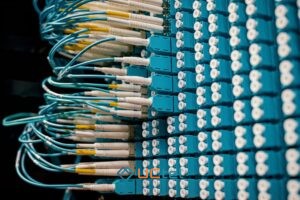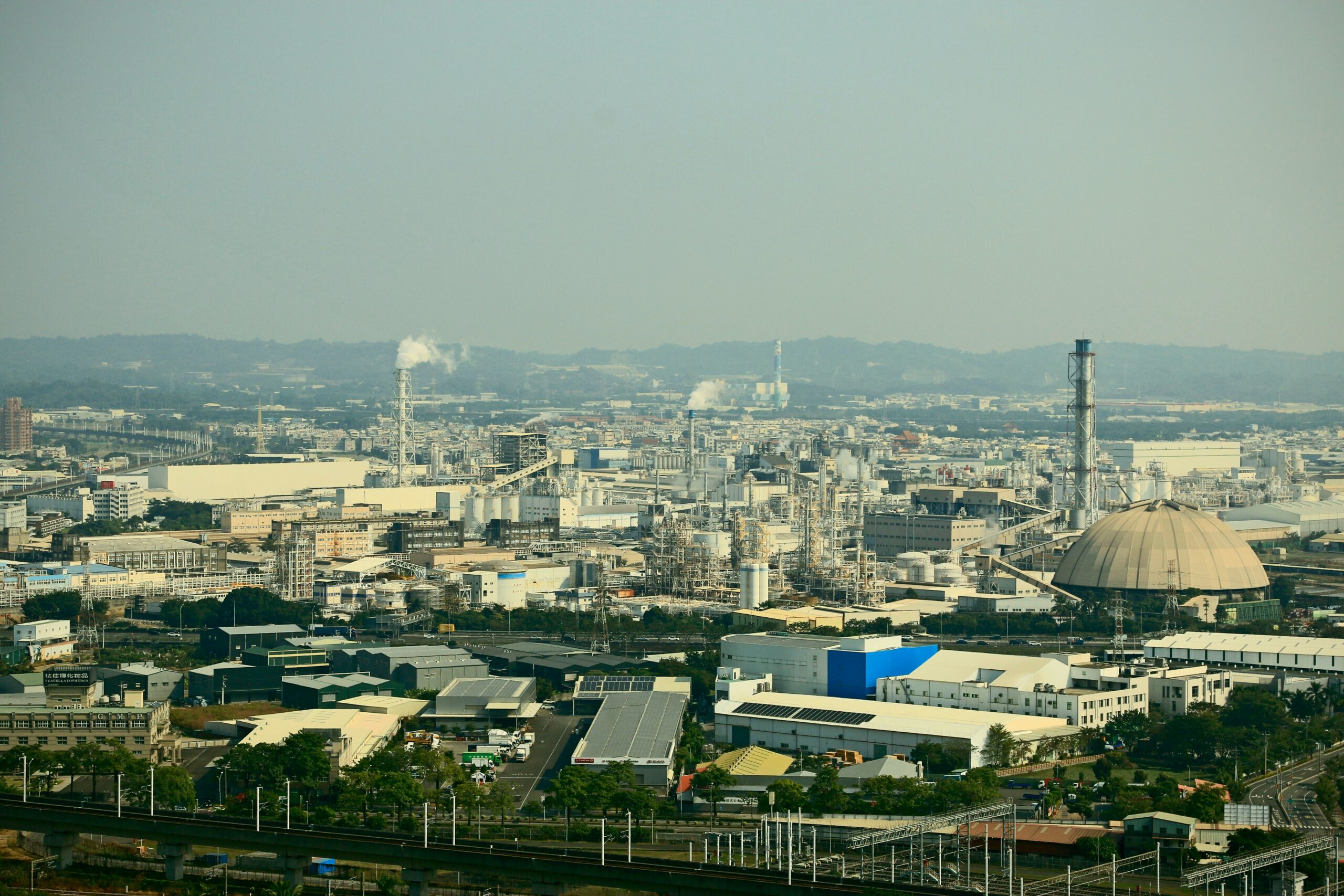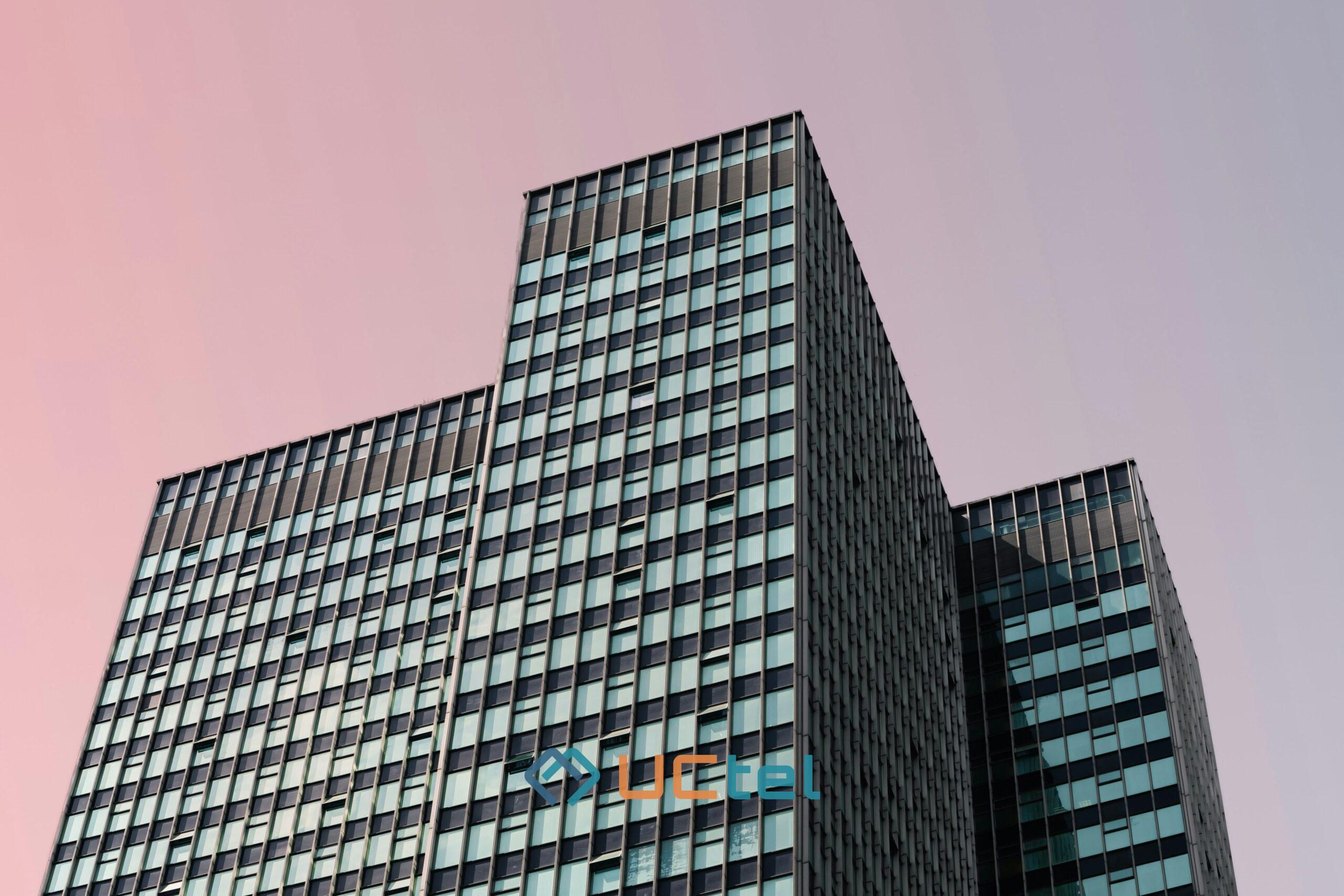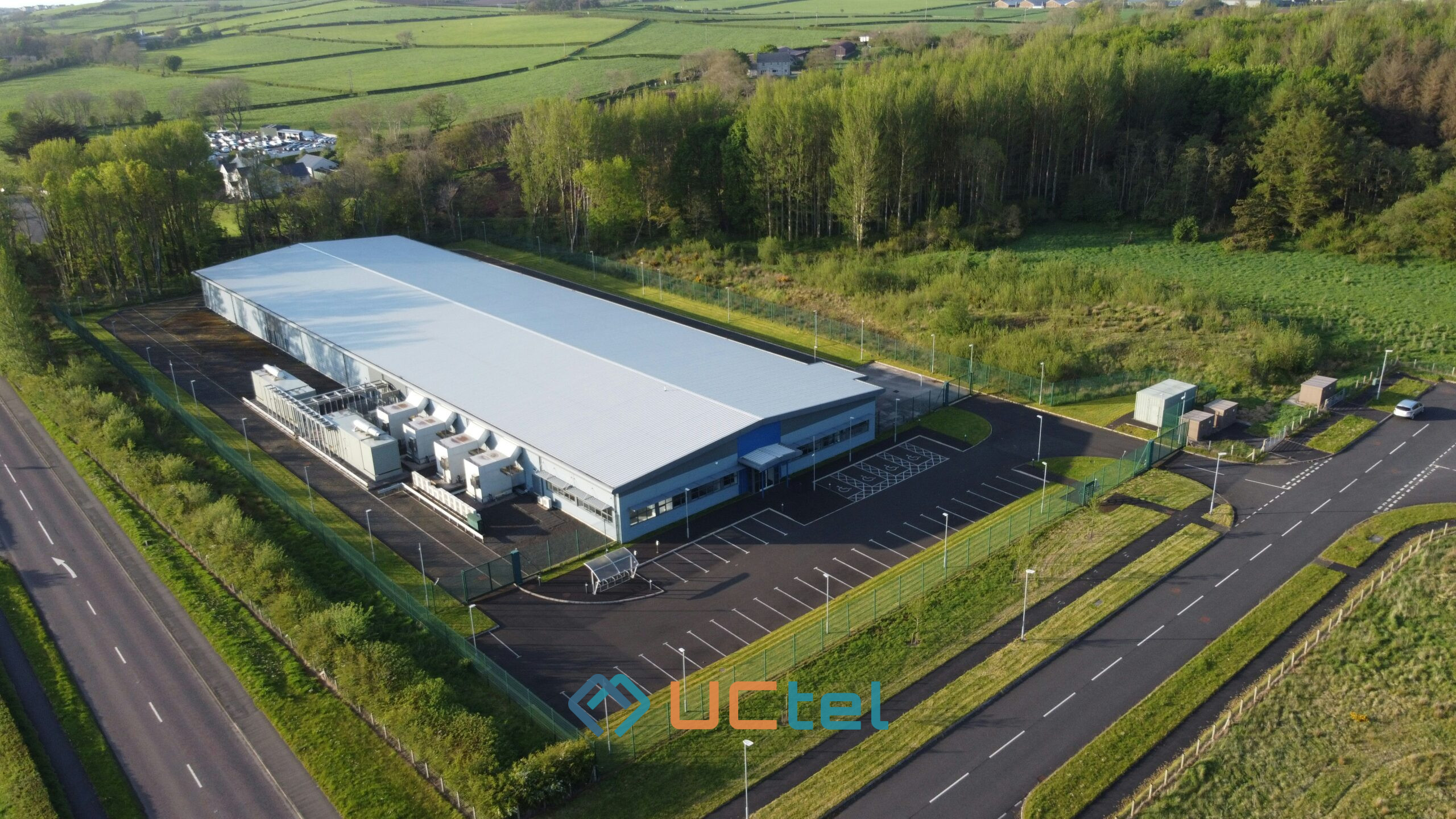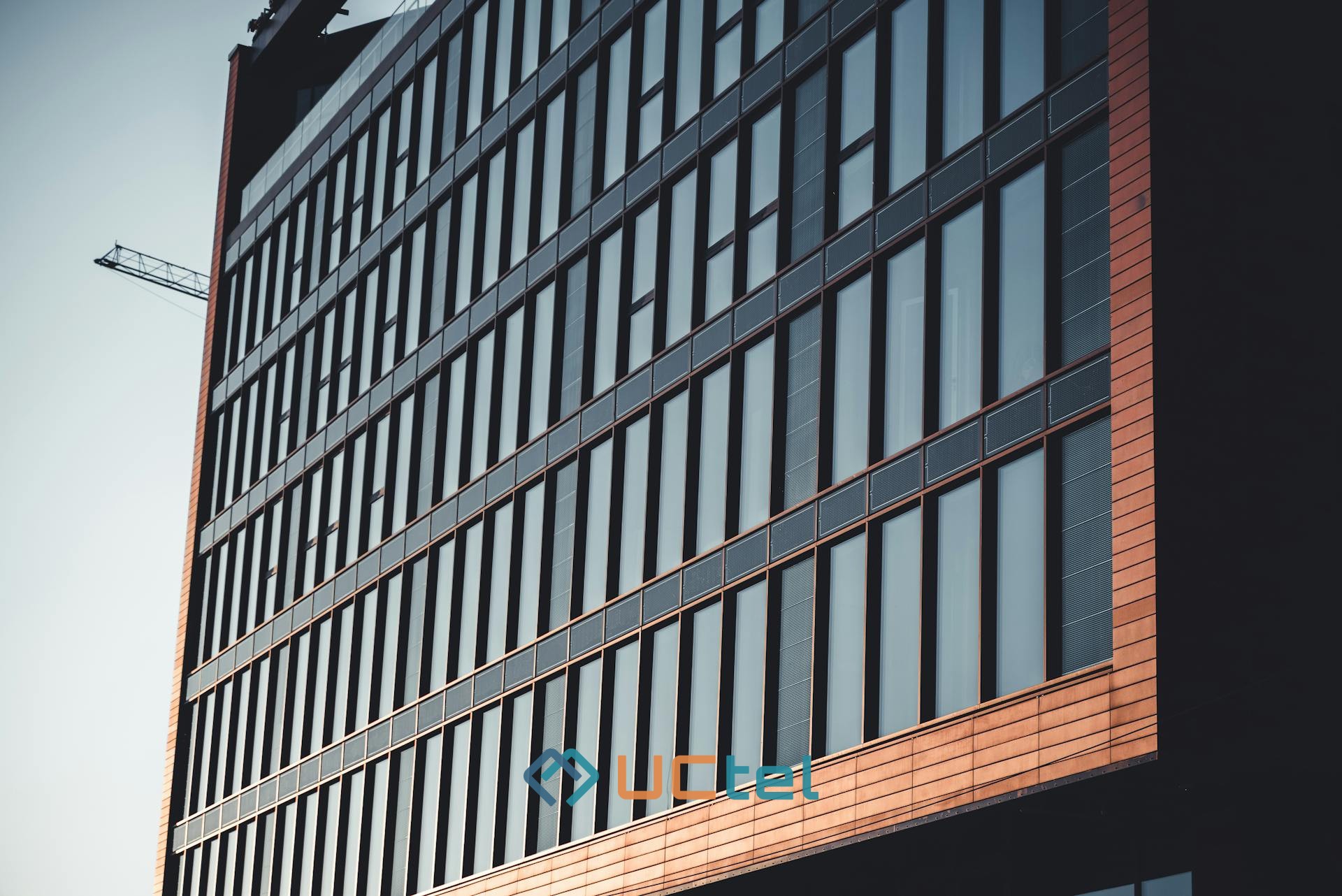
Mobile Signal Booster for Industrial Facilities, Commercial Buildings, and Large Spaces
Table of contents
Modern industrial facilities and commercial buildings face significant mobile connectivity challenges that directly impact operational efficiency and employee productivity. Steel construction materials, concrete barriers, and expansive floor plans create dead zones where mobile signals struggle to penetrate effectively. These environments often require a robust mobile signal booster for Industrial facilities solutions capable of serving hundreds of simultaneous users across coverage areas spanning 1,858–37,161 square meters, depending on outside signal strength and system configuration.
Enterprise signal amplification systems for industrial applications
Professional-grade signal boosters represent the cornerstone solution for large-scale commercial environments requiring reliable mobile coverage. These sophisticated systems address the unique challenges of industrial settings where conventional consumer devices prove inadequate for comprehensive signal distribution.
Advanced industrial series solutions
The Industrial 100K series delivers exceptional performance with coverage extending up to 9,290 m² while supporting over 200 simultaneous users per frequency band. These systems amplify 5-6 mobile frequency bands through both automatic and manually-adjustable gain controls, featuring LCD touchscreen displays for precise monitoring. Advanced models specifically incorporate support for the 600 MHz band 71, ensuring compatibility with modern 5G networks and T-Mobile's expanding infrastructure.
Complementing these capabilities, the Industrial 50K BTW system provides comprehensive coverage for facilities up to 4,645 m². With four inside dome antennas strategically positioned throughout the coverage space, this system achieves 72 dB maximum gain while maintaining 18 dBm uplink power and 20 dBm downlink power specifications. Bluetooth monitoring capabilities enable remote system management through dedicated smartphone applications.
- Coverage areas extending from 1,858–9,290 m² per installation
- Support for 200+ simultaneous phone users across multiple frequency bands
- Automatic gain adjustment with manual override capabilities
- LCD touchscreen displays providing real-time system performance data
Fiber distributed antenna system solutions
Enterprise hybrid fiber DAS systems represent cutting-edge technology for extensive commercial applications. These solutions cover up to 9,290 m² per remote unit, with scalability extending to 37,161 m² through additional unit deployment. The systems feature IP66-rated metal cases providing superior environmental protection, making them ideal for warehouses, high-rise buildings, campuses, and large industrial sites.
Each remote unit supports 4 to 16 indoor broadcast antennas, enabling flexible coverage distribution tailored to specific building layouts. The systems amplify voice and data signals across mobile bands 2, 4, 5, 12, 13, 17, and 25, ensuring comprehensive carrier support for all major wireless networks including Verizon, AT&T, and emerging 5G infrastructure.
- Scalable architecture supporting up to 37,161 m²
- IP66-rated protection for harsh industrial environments
- Support for 4-16 indoor antennas per remote unit
- One year of cloud-based remote monitoring included
Mid-size commercial office systems
Office series solutions cater to small and medium-sized business applications requiring professional-grade performance. These high-performance systems are available in both 50-ohm configurations with N connectors utilizing low-loss 400 coax cable, and 75-ohm systems featuring F connectors with RG11 coax cable. The LCD touchscreen controls provide intuitive system management, while flexible antenna configurations support 1-4 antenna deployments based on coverage requirements.
Smaller commercial spaces benefit from Office 100 systems, which deliver reliable mobile signal amplification with professional installation service options ensuring optimal performance across diverse building materials and layouts.
- Dual configuration options : 50-ohm and 75-ohm systems
- LCD touchscreen controls for simplified operation
- Flexible 1-4 antenna configuration possibilities
- Professional installation services available
Professional installation and custom design services
Expert installation services ensure maximum system performance through comprehensive site analysis and customized design approaches. Professional technicians conduct detailed signal strength mapping to identify optimal antenna placement locations while assessing potential obstacles that could impact coverage distribution throughout industrial facilities.
Site survey and signal analysis process
Professional design processes begin with thorough signal strength mapping using specialized equipment to measure dB levels, signal-to-noise ratios, and wave propagation patterns. Technicians identify optimal antenna placement locations while considering building-specific obstacles and structural elements that influence signal distribution. This comprehensive analysis ensures optimal cable routing and system configuration tailored to each facility's unique characteristics.
The assessment process includes evaluation of existing mobile carrier signal strength, identification of dead zones, and analysis of user density patterns throughout the facility. These factors directly influence system sizing and antenna positioning strategies.
- Signal strength mapping using professional measurement equipment
- dB level analysis and signal-to-noise ratio assessment
- Wave propagation pattern evaluation
- Optimal cable routing design for maximum efficiency
Building material impact assessment
Different construction materials significantly affect mobile frequency penetration, with signals passing more easily through wood framing and drywall compared to steel and concrete structures. Metal buildings and glass exteriors present particular challenges, often requiring more powerful amplification systems to achieve adequate indoor coverage. Professional assessments account for these material impacts when designing system specifications.
Cable selection plays a crucial role in system performance, with standard 400-type coax cable suitable for most installations. However, plenum-rated coax cable upgrades provide superior performance with nearly half the signal loss per foot, delivering stronger signals from amplifiers to end-user devices while maintaining fire code compliance.
- Material penetration analysis for steel, concrete, and glass structures
- Cable type selection based on building requirements
- Plenum cable options for fire code compliance
- Signal loss mitigation through proper material assessment
Regulatory compliance and carrier approval
FCC compliance requirements mandate carrier approval under established regulatory frameworks before installation and network commissioning. Industrial boosters must meet FCC Certification Guidelines for legal operation within commercial environments. Professional installation teams ensure all regulatory requirements are satisfied throughout the deployment process.
Large-scale installations require comprehensive documentation and coordination with mobile carriers to ensure network compatibility and prevent interference with existing infrastructure. This regulatory compliance process protects both the installation and surrounding mobile networks.
- FCC framework compliance and carrier approval processes
- Certification guidelines adherence for commercial installations
- Professional documentation and regulatory coordination
- Network compatibility verification with major carriers
Technical performance and coverage specifications
System performance metrics depend heavily on outside signal strength conditions and frequency band characteristics. Understanding these relationships enables proper system sizing and realistic coverage expectations for industrial applications requiring reliable mobile connectivity.
Coverage areas based on signal strength
Coverage area capabilities vary dramatically based on existing outside signal conditions. Strong outside signals measuring 5 bars or -95 dBm RSRP enable coverage up to 9,290 m² remote unit at 700 MHz frequencies. Fair signal conditions at 3 bars or -105 dBm RSRP reduce coverage to approximately 5,574 m² per unit. Weak outside signals measuring 1 bar or -115 dBm RSRP limit effective coverage to 1,858 m² per remote unit.
Lower-frequency LTE and 800 MHz signals propagate farther than higher-frequency AWS and PCS signals, influencing coverage patterns and antenna positioning strategies. Professional site surveys account for these frequency-specific characteristics when designing optimal system configurations.
- Strong signal coverage : up to 9,290 m² at 700 MHz
- Fair signal coverage : approximately 5,574 m² per unit
- Weak signal coverage : limited to 1,858 m² maximum
- Frequency-specific propagation characteristics affect coverage patterns
Power output and frequency band support
Industrial amplification systems typically feature maximum uplink power ranging from 18-23 dBm and downlink power specifications of 20-27 dBm. Gain ranges span 70-100 dB depending on specific model configurations and application requirements. These power specifications ensure adequate signal strength for large commercial environments while maintaining regulatory compliance.
Supported frequency bands include 700 MHz bands 12, 13, and 17, 850 MHz band 5, 1700/2100 MHz band 4, and 1900 MHz bands 2 and 25. Newer models incorporate Band 66 support along with 600 MHz band 71 for comprehensive 5G network compatibility across all major carriers.
- Uplink power specifications : 18-23 dBm maximum output
- Downlink power capabilities : 20-27 dBm across supported bands
- Gain ranges from 70-100 dB for various model configurations
- Comprehensive frequency band support including 5G compatibility
Monitoring and control capabilities
Web-based portal monitoring provides comprehensive system oversight through dedicated administrative interfaces accessible from any connected device. Bluetooth connectivity enables smartphone app integration, allowing technicians and facility managers to monitor system performance remotely. Signal Supervisor app compatibility extends across iOS and Android platforms, providing real-time system status updates.
Advanced monitoring features include email alerts and push notifications for system status changes, ensuring proactive maintenance and optimal performance. LCD displays provide immediate access to gain and power output data, enabling quick troubleshooting and performance verification during routine inspections.
- Web-based portal access for comprehensive system monitoring
- Bluetooth smartphone app connectivity for remote management
- Cross-platform Signal Supervisor app compatibility
- Email alerts and push notifications for proactive maintenance
- LCD displays showing real-time gain and power output metrics
Ready to improve mobile coverage across your industrial facility or commercial property? Contact us today to discuss your needs and request a tailored quote for our mobile signal booster solutions.



